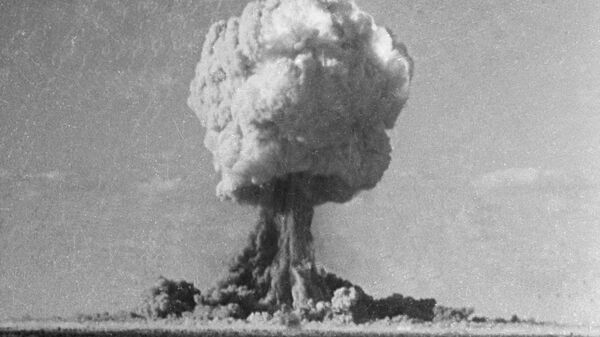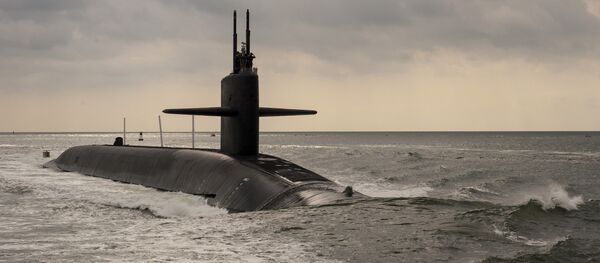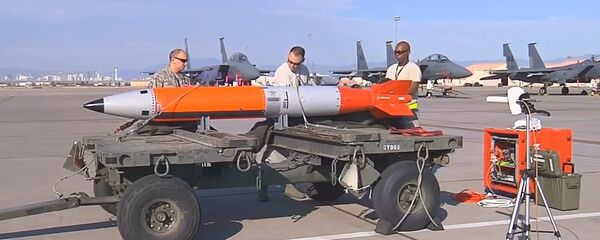WASHINGTON (Sputnik) — The US National Archives revealed on Tuesday a detailed list of US potential targets for atomic bombers in the event of war with the Soviet Union in the 1950s. Many listed targets are industrial plants and government buildings, but one for each city is simply designated “Population.”
“The fact of the matter is that we have targeted populations from the very beginning and do so to this day,” MIT Professor Emeritus of Science, Technology and National Security Policy Postol said on Wednesday.
US military planners misled their own political leaders and the American people about the real devastation that any thermonuclear, or hydrogen explosion would cause and they continue to do so, the expert stated.
“The US endangered the survival of the whole world by its mishandling of nuclear war planning and its misrepresentations to the highest level of US decision-makers about what the execution of these plans might actually cause,” Postol insisted.
US government statements about the targeting strategy associated with the use of nuclear weapons are filled with false and misleading claims, he continued.
Postol said that to this day, the US government continues to try and mislead the American public about the effects and planned uses of thermonuclear weapons, or hydrogen bombs, which are vastly more powerful than the an atomic bombs dropped on Hiroshima and Nagasaki in 1945.
“The effects of nuclear weapons occur over such large areas [that] there is absolutely no way to hit industrial targets (which are almost always either in or near urban areas) without basically targeting the populations of the cities.”
“A nuclear weapon should not be seen as simply a high explosive. It should instead be seen as a device that initially releases energy at temperatures higher than those at the center of the sun.”
The temperature at the center of the thermonuclear weapon during its peak energy output is about 100,000,000 degrees Kelvin while the temperature at the center of a normal explosive during its peak energy output is about 5000 degrees Kelvin, Postol noted.
“This light and heat is so intense that it will set fires at fantastic ranges, resulting in urban firestorms that would dwarf those of the firestorms set at Hiroshima [and] Nagasaki…during World War II – making them look like minor events relative to what would happen today.”
A one megaton nuclear explosion over a large city would set fires over an area of more than 150 square miles, and no one in the zone of fire would survive the bombing, the missile expert observed.



